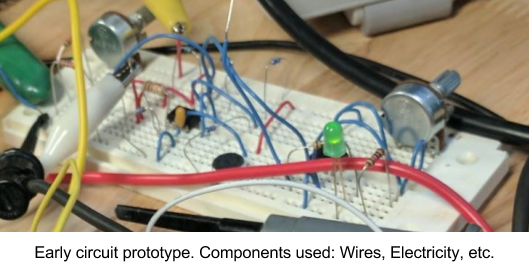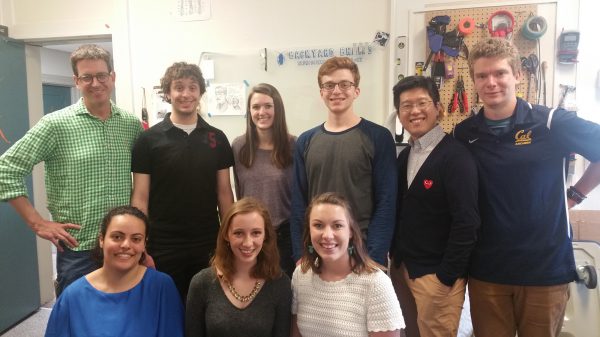-
 EducationHey there! Zach here with the Songbird Identification project for a quick update. Since the last post, I’ve been hard at work creating a prototype device to listen for and record songbirds. I began by creating a small circuit using a microphone and amplifier chip. This acts as a sound recorder and also includes circuitry […]
EducationHey there! Zach here with the Songbird Identification project for a quick update. Since the last post, I’ve been hard at work creating a prototype device to listen for and record songbirds. I began by creating a small circuit using a microphone and amplifier chip. This acts as a sound recorder and also includes circuitry […] -
 EducationHi, I’m Zach Robinson. I’m a senior in Computer Science Engineering at the University of Michigan. I’m working on the Songbird Identification System. This is an ongoing project that was started in January 2017 and will continue development throughout the year. Thus far we have developed an initial classifier model using machine learning, setup a […]
EducationHi, I’m Zach Robinson. I’m a senior in Computer Science Engineering at the University of Michigan. I’m working on the Songbird Identification System. This is an ongoing project that was started in January 2017 and will continue development throughout the year. Thus far we have developed an initial classifier model using machine learning, setup a […] -
 EducationIt’s early on a warm Ann Arbor morning and the office is buzzing with excitement! Our Summer 2017 research fellows are here! Today, our fellows are getting to know the staff and space at Backyard Brains, but more importantly, they’re planning, because for the next ten weeks they will be working on neuroscience and engineering […]
EducationIt’s early on a warm Ann Arbor morning and the office is buzzing with excitement! Our Summer 2017 research fellows are here! Today, our fellows are getting to know the staff and space at Backyard Brains, but more importantly, they’re planning, because for the next ten weeks they will be working on neuroscience and engineering […]